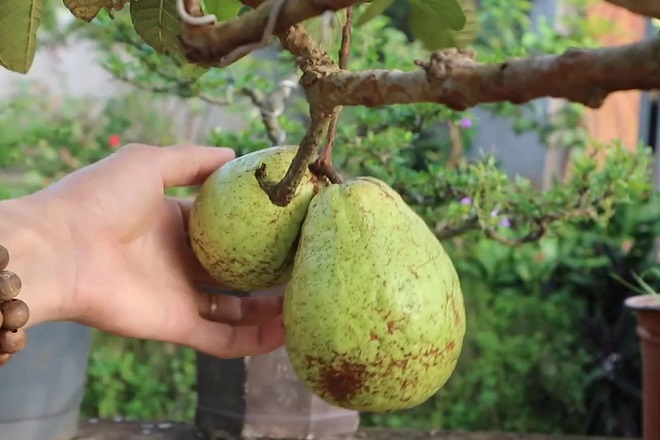
If possible, buy large pots. The pot should have a minimum size of 40X40 cm (diameter and height). Additionally, make sure the pot has drainage holes, as this is necessary for the plant to survive.
If you can't afford a pot, you can use large foam containers, trays, or various types of jars. However, with these tools, you need to drill holes for drainage.
Guava can grow well in any type of soil. However, if you are using soil, choose surface soil that is loose and drains well.
You should buy ready-made soil and then mix it with well-rotted manure, earthworm castings, chicken manure, coconut husk, and charcoal.
If possible, add lime and let it dry for a week before planting.
Since growing in pots is more challenging, it is best to choose a local guava variety.
Select young guava seedlings from fruit nurseries. Avoid planting grafted trees as their lifespan is shorter and they grow poorly in confined spaces.
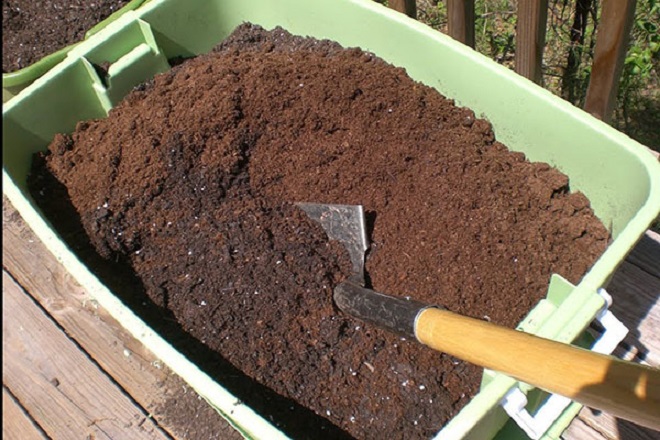
Mix the soil thoroughly with compost to make it loose.
Fill ⅔ of the pot with the planting soil. Keep the remaining soil aside.
Gently remove the outer wrapper from the guava seedling. Be careful to cut lightly to avoid damaging the guava roots.
Use your hands to create a hole slightly larger than the seedling's root ball. Then, gently place the guava seedling into the hole.
Use the remaining soil to fill around the base of the guava seedling.
Water gently using a watering can.
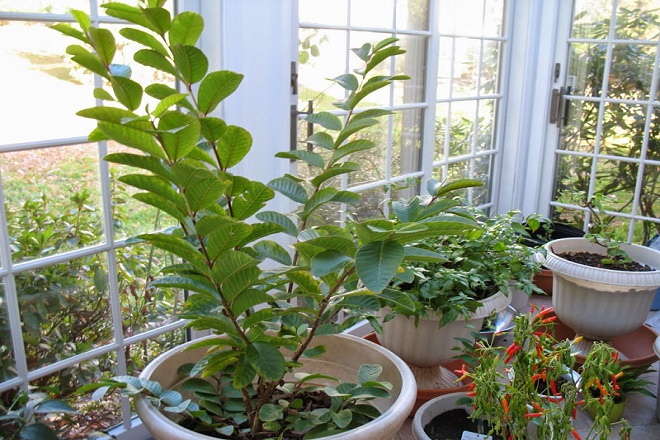
Guava in pots should be placed in as much light as possible. For example, if you live in an apartment, place it on the balcony. If the balcony receives morning sunlight, that is even better.
Water the plant twice a day, in the morning and evening. However, adjust the amount of water based on the weather in your area. For instance, in the rainy season in the South, watering once every two days is sufficient.
After about 20 days, the guava planted in pots will start to develop roots and new leaves. At this stage, you can add more cow manure, earthworm castings, and chicken manure. Repeat this every 20 days.
When the guava tree begins to fruit, you should prune some of the fruit. Since it is the first fruiting season, prioritize leaving only one fruit closest to the main stem. In the second season, when the potted guava tree is larger, it can produce more fruit.
When the potted guava tree reaches one year of age, you can prune the branches and shape the canopy. This is necessary for the tree to produce more fruit simultaneously.
Additionally, when the guava produces many small fruits, leave only one fruit per pair. Each branch of the guava tree in the pot should have a maximum of two fruits close to the main stem. Remove the terminal fruits early to concentrate nutrients on the remaining ones.
Prune branches affected by pests or diseases, and also remove weak branches. Avoid cutting second-level branches; only trim third-level branches. This will help increase ventilation and light for optimal plant growth.
After each harvest, be sure to fertilize the plant.
Ý kiến bạn đọc
Những tin mới hơn
Những tin cũ hơn
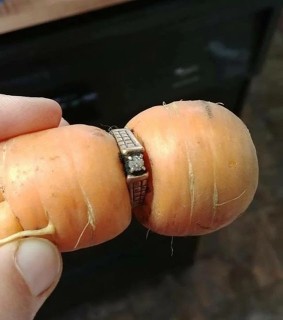 The most unique carrots in the world!
The most unique carrots in the world!
05.09.2024
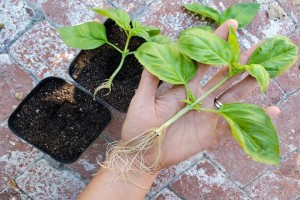 Guide to Propagating Basil Cuttings for Beginners
Guide to Propagating Basil Cuttings for Beginners
30.08.2024
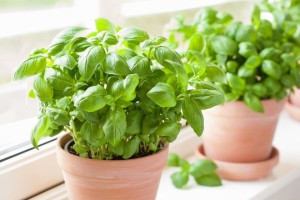 How to take care of basil plant indoors for Beginners
How to take care of basil plant indoors for Beginners
30.08.2024
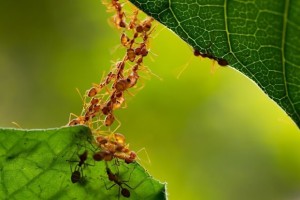 Interesting Facts About Ants
Interesting Facts About Ants
23.08.2024
 Coucal bird: Natural Enemy of Snakes
Coucal bird: Natural Enemy of Snakes
22.08.2024